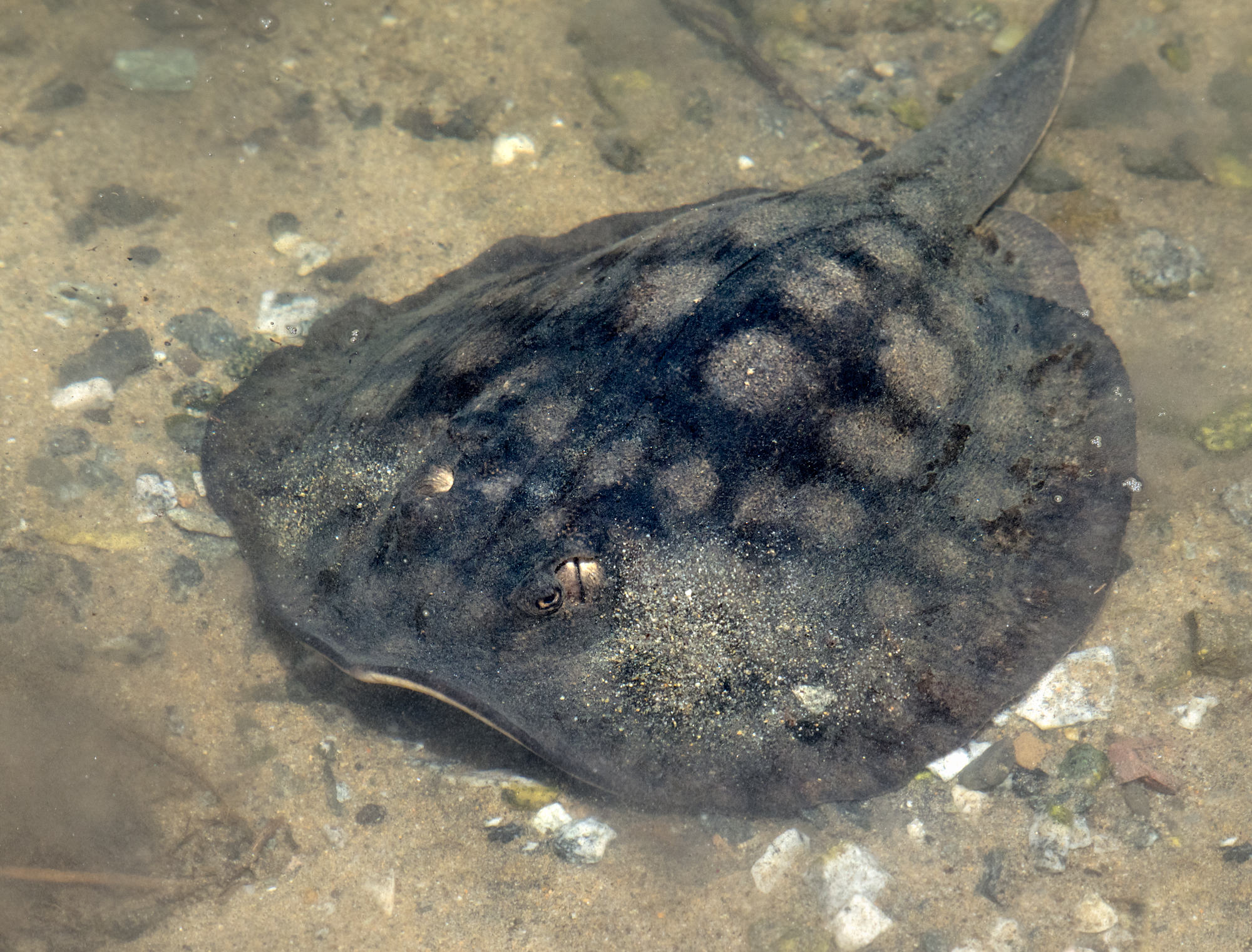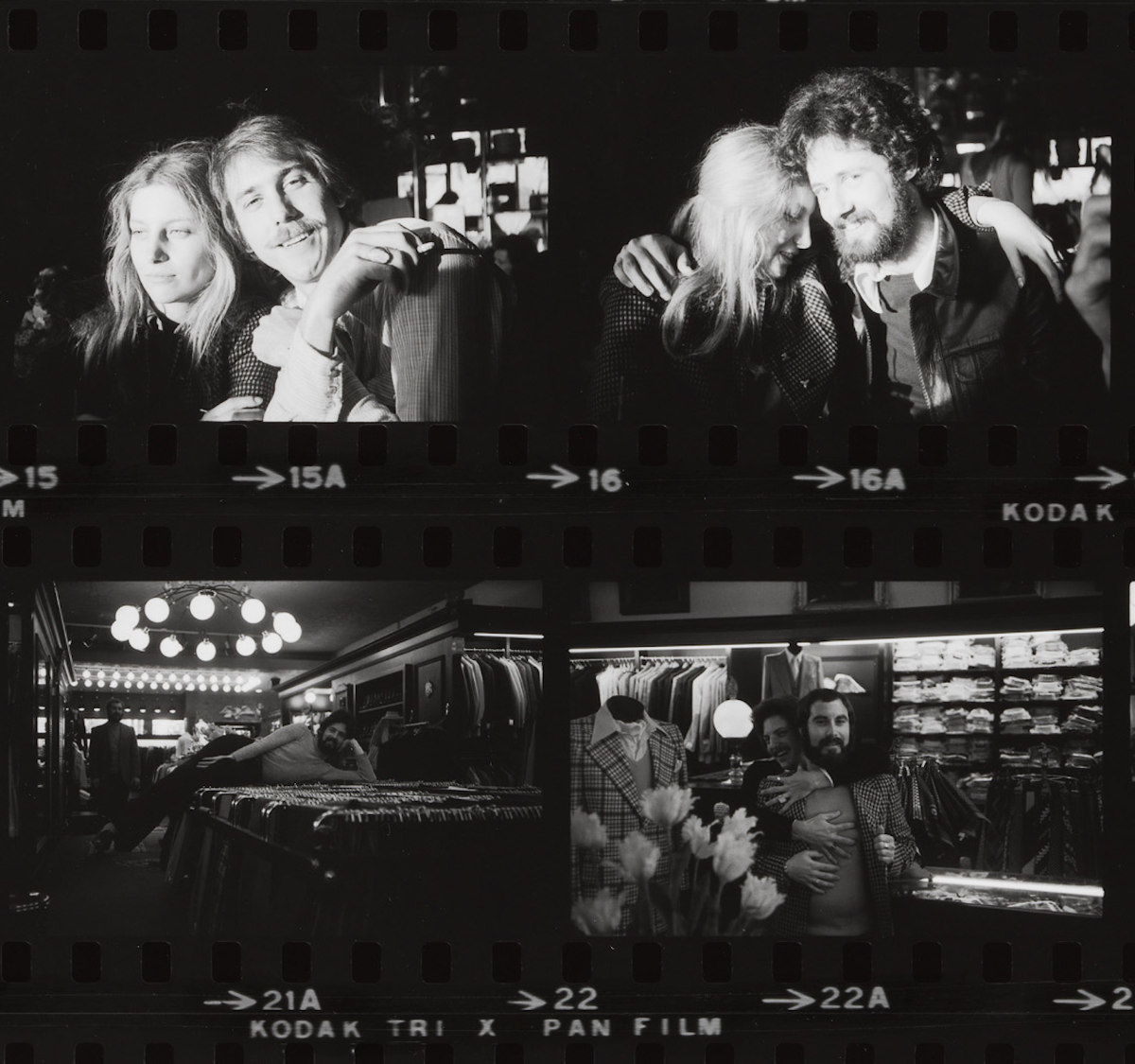The slippery, chaotic, and rumor-filled saga of Charlotte the miraculously pregnant stingray has come to a sad end: Charlotte is dead, as the Aquarium & Shark Lab by Team ECCO in Hendersonville, N.C., announced on June 30. She was between 12 to 14 years old, probably.
The world first met Charlotte after Brenda Ramer, the owner of the aquarium, shared the stingray's "immaculate" pregnancy with the world. In this announcement, Ramer started a rumor that the ray had fallen pregnant to a bamboo shark and would give birth to stingray-shark hybrids, which catapulted the oblivious Charlotte into online fame and likely made her the first stingray to be covered multiple times in E! News. Researchers quickly clarified that such a pregnancy would be biologically impossible, as sharks and rays diverged hundreds of millions of years ago, and that Charlotte had likely become pregnant via parthenogenesis, a form of reproduction where a female animal develops an egg into an embryo without the help of sperm.
But as the world waited for Charlotte to deliver her baby, Charlotte appeared to remain pregnant, months past her expected due date in February. The aquarium offered increasingly vague and intermittent updates about Charlotte's condition on Facebook (Charlotte's alleged four pups became "a pup"), leading us to wonder, like many people, if the whole pregnancy had been a scam. In May, reporter Emily Cataneo investigated ECCO's whole deal for The Assembly and uncovered a fleet of worrying details, including that ECCO had blocked a number of marine animal experts who had cast doubt on the shark-ray hybrid theory. When Cataneo traveled to Hendersonville to see Charlotte in person and interview the aquarium staff, a Hendersonville police officer informed Cataneo that Ramer wanted to book her for "trespassing." When Cataneo tried to get in contact with the aquarium's PR person again—who happened to be Ramer's daughter—the PR person denied that the cops had been called. (The whole blog is a banger, and you should really read the whole thing.)
Later that week, ECCO posted an update that Charlotte "developed a rare reproductive disease that has negatively impacted her reproductive system," explaining that they had not shared updates because they needed to "gather data and analyze lab and testing results." The aquarium turned off all comments on that post. The next day, Ramer said that Charlotte was not pregnant, and denied claims that she'd made up the pregnancy. "I can’t control what people think.” Ramer told the Charlotte Observer. "I can only tell you what we know for certain. I’ve never been a liar. This was not a scam. This was not anything made up, but people do that. People have their own thoughts."
In June, the aquarium temporarily closed, and the next update on Charlotte arrived on June 30 announcing the round stingray's death: "We are sad to announce, after continuing treatment with her medical care team and specialist, our ray Charlotte passed away today. We are continuing to work with her medical care team and research specialist. The Team ECCO family appreciates your continued love and support while we navigate this great loss." Rays of Charlotte's species live about 10 to 12 years, and reproductive diseases like Charlotte's are common in older female stingrays living in captivity. ECCO estimated Charlotte was about 12 to 14 years old, so her death at such a great age may not necessarily require an explanation.
But the way ECCO handled the whole situation remains fishy and unresolved. Ramer and the ECCO team often refer to Charlotte's "medical care team" and "specialist" but have never named any of those people, nor did the aquarium release data from the ray's ultrasound or medical tests to the public. Larry Boles, a marine expert who runs the Aquarium Science Program at Oregon Coast Community College, has said he and other marine experts tried to reach Ramer for months to get Charlotte professional veterinary care, to no avail.
In February, Ramer told a local ABC affiliate that she'd contacted the aquarium veterinarian Rob Jones, who identified Charlotte's growths as eggs. But Jones did not actually identify eggs from the ultrasound, but rather said he thought there were egg cases and a possible pregnancy. "It has all turned very messy and to be honest I do not want to be involved any further," Jones said in a statement in June. A "top North Carolina marine veterinarian," who refused to give his name, told a local NBC affiliate that Ramer did in fact have a "top marine veterinarian" examining and caring for Charlotte.
There are many lessons to take away from this sloppy, captivating news saga, including but not limited to: "immaculate" conceptions happen all the time in the animal kingdom, people love to root for a single stingray mother, and always be suspicious of what boomers post to Facebook. Perhaps the biggest takeaway is that just because something calls itself an aquarium does not mean it is a good aquarium, meaning an institution that holds high standards of care for the species it keeps on display.
ECCO is not accredited by the Association of Zoos and Aquariums (AZA), a nonprofit that sets the highest standards and policies for animal care. The AZA is an imperfect institution, and has been plagued by complaints of discrimination and sexual harassment against employees; its standards officially approved the tiny, unstimulating exhibit that held Flaco. But non-accredited zoos and aquariums do not have to pass the AZA's rigorous, thorough welfare examinations or other requirements, such as ensuring bimonthly visits by a vet. And smaller zoos and aquariums, which are often owned by families or individuals, often do not have the resources to rival AZA-accredited aquariums, which can have entire veterinary and research departments. It doesn't mean that the aquarium is unethical, but it's one less stamp of approval to indicate the animal you're admiring from behind the glass is actually living a healthy, fulfilled life.
And if you, like me, were disappointed by the fact that this months-long saga concluded with no parthenogenetic pups, let me redirect your attention to Ronaldo, the 13-year-old Brazilian rainbow boa who lives inside a vivarium at the City of Portsmouth college in England (officially making Ronaldo a British snake, innit). Until very recently, the staff believed the six-foot-long reptile was a male snake, and knew Ronaldo had not been in contact with any other snakes for at least nine years. They did notice the snake looked "slightly fatter than usual, like he’d eaten a big meal," as one specialist said in a statement. But a recent check of Ronaldo's tank revealed 14 beautiful babies, each a clone of their mother with slightly different markings. RIP to Charlotte and congratulations to Ronaldo and her immaculate snakelets—may they live long lives outside of the prying eyes of E! News.






